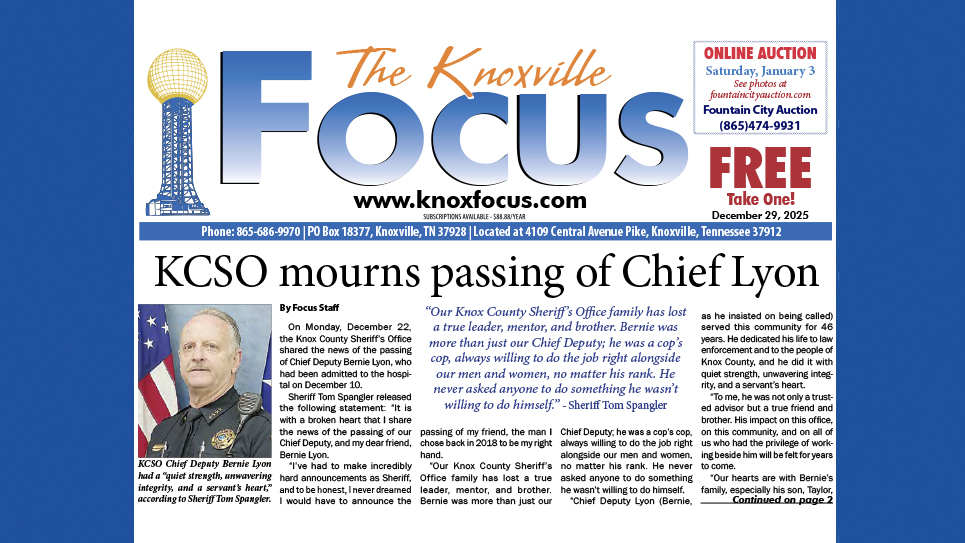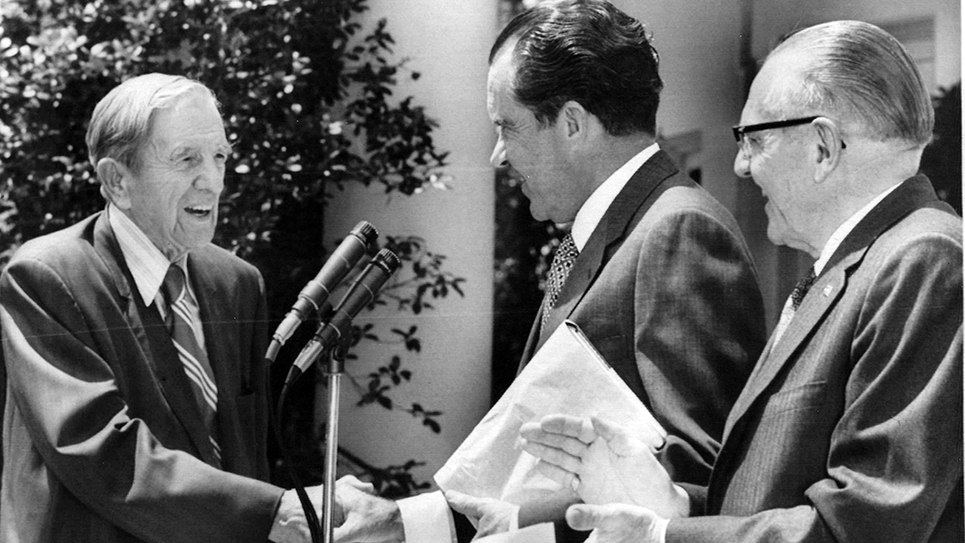Which way, Tennessee?
By Tom Mattingly
If results are all that matter, you could say Johnny Butler ran 56 yards on Shields-Watkins Field in 1939 for a Tennessee touchdown that helped defeat Alabama, 21-0.
That covers the basics: Who, what, when and where.
If color and pageantry and a few details are more appealing, you might put it this way:
Tennessee third-team tailback Johnny Butler, Casper the ghost in an orange shirt, befuddled Alabama defenders for 56 yards and a touchdown on Shields-Watkins Field, the third Saturday in October 1939, record crowd of 40,000.
What Johnny did was later defined as the greatest run in Volunteer history. And it wasn’t 56 yards. It was more like a quarter of a mile.
“Dancing, dodging, untacklable” said great sportswriter Grantland Rice in the New York Herald Tribune.
Butler came off tackle in the general direction of the south goal. Teammates knocked down several opponents. Johnny evaded a few. He zigged and zagged, changed directions, and ran east and west for a while, sideline to sideline.
Rice said Butler feinted, stopped, swiveled and spun away from Crimson Tide tackle Fred Davis.
Tide safety Hershel Mosley watched Butler’s run coming his way, unfolding before him.
“It was like poetry. It looked like it had been choreographed.”
There is something to be said about the importance of directions in football. Some think words paint a clearer picture if you can read which way a player or team was going or why it chose to defend which goal.
Hank Lauricella was going north in the Cotton Bowl on his famous 75-yard run against Texas in 1951. Plays like this one are often the cause for jubilant celebrations in team dressing rooms.
The Vols scored the 1956 winning TD against Georgia Tech on a Tommy Bronson dive into the north end zone of Grant Field in Atlanta. That game was later declared No. 2 in the history of college football.
The Vols—most notably Tennesseans Bill Majors (Sewanee), Wayne Grubb (Athens), and Charles Severance (Knoxville)—stopped LSU’s Billy Cannon short of the northeast corner early in the fourth quarter of the 1959 game, won by Tennessee. It’s called “the Stop” for a reason. The Tigers had three other chances to win that game, but could not do it.
Kenny Stabler threw the ball away on fourth down, not third as he had thought, at the southeast corner of Legion Field in front of the Tide student section in the final seconds of the 1965 Tennessee-Alabama game. Legend has it that Bear Bryant had an officer shoot the lock off the dressing room when the team returned to the dressing room after the game and the Tide couldn’t get in.
Gary Wright’s missed field goal was at the south end in the 1966 Alabama game.
Bubba Wyche led the first drive of the 1968 game against Alabama to the south end of Shields-Watkins Field, after doing likewise a year earlier at Legion Field.
Conrad Graham returned a fumbled pitch against Penn State in 1971 to the north end, with more-heralded Franco Harris in hot pursuit. Conrad had a head start. He won the race.
Alabama was driving northward before Mike Terry made the interception that cinched the 1982 game. That broke an 11-game Vol losing streak to the Crimson Tide.
Johnnie Jones went 66 yards to the north end of Legion Field in 1983 to help defeat Alabama, 41-34. Vol track legend Ed Murphey had helped recruit Jones out of Mumford on the premise he would someday score the winning TD against the Tide.
Alabama was driving to the north end of Legion Field in 1985 when Dale Jones made his point-blank interception off Mike Shula.
In the 1991 Notre Dame game, Tennessee had to block a field goal attempt at the south end of Notre Dame Stadium to cinch the come-from-behind triumph.
Peyton Manning’s TD pass to start the 1995 Alabama game went from south to north to Joey Kent.
Tee Martin’s TD pass to Peerless Price in 1999 in Tempe also went south to north. Peerless handed the ball to the nearest official just the way he was supposed to do after completing the dramatic pitch and catch.
James Wilhoit’s field goal to defeat Florida in 2004 was kicked at the north end, moments after he had missed an extra point.
Tennessee’s game-winning score and final defensive stand at Kentucky in 2007 were at the west end of Commonwealth Stadium. Other fields run east and west, but coaches still talk about running backs getting “north and south” up or down the field.
Now, I ask you, do the Vols play better at one end of field than the other? That’s the question for today.






